A century of all-American toy advertising in pictures
A new Taschen book chronicles the 20th-century toy advertising boom in America, recounting how compelling visual storytelling sparked a consumer revolution
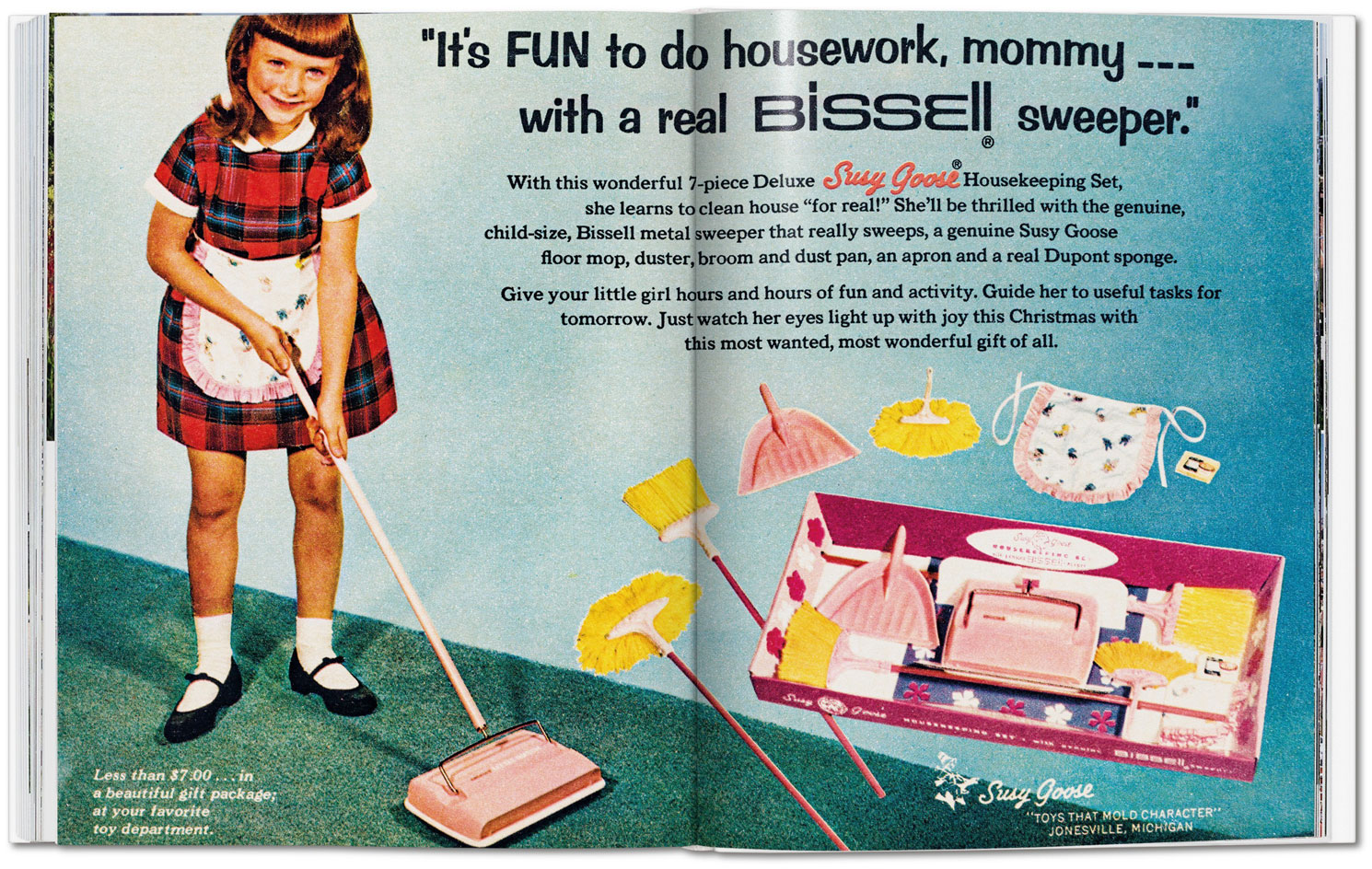
It was in the wake of the 20th-century consumer boom that playtime entered its heyday. Up until then, children’s toys were the source of little attention, and the market was dominated by European manufacturers, with Germany, in particular, funnelling toys into America.
As society surfaced from the First World War, change was in the air, bolstered by American ingenuity, and a burgeoning consumer culture supported by the media empires of newspapers, radio and television. American toys became ubiquitous in the consumer world, and with them came advertising and all its graphic sensationalism.
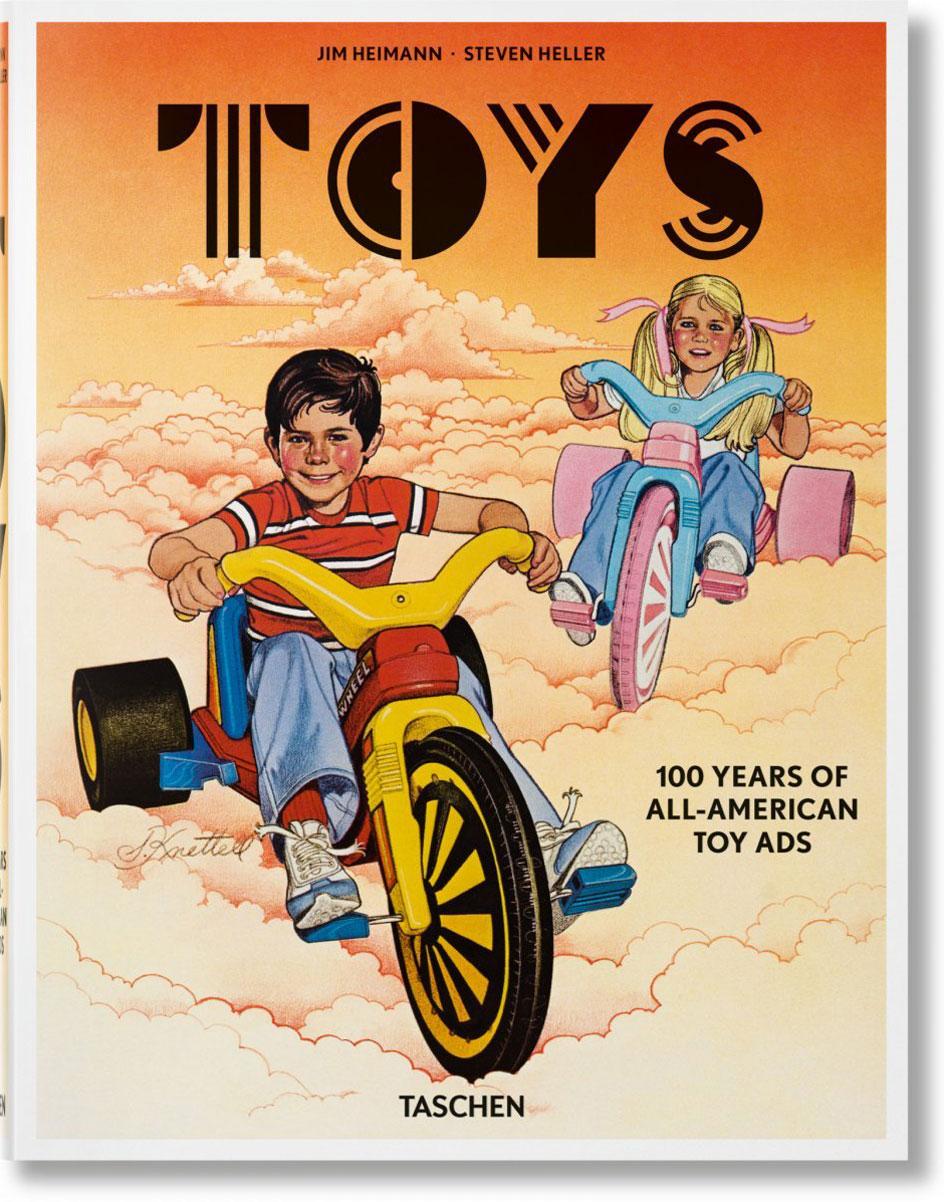
The cover of Toys: 100 Hundred Years of All-American Toy Ads, published by Taschen
These themes are explored in a new chronological book, Toys: 100 Hundred Years of All-American Toy Ads, published by Taschen. It takes readers down both memory lane, and the aisles of American history’s vast toy store.
The new market for toys was built on desire, and as the emphasis shifted from ‘need’ to ‘want’, compelling visual advertising was at the heart of the drive. Children, and parents, were targeted with verve, first through magazines and comic books and later through television.

Toy car racing by Ungar, 1960
This is where many of the familiar and restrictive social and gender tropes were conceived, underlined with a subtext of 'education' and ‘stimulating developing minds’. Beneath the gleaming grins, familial perfection, fantastic plastic, and American dreams lurks something perhaps subliminally darker and more coercive.
The book is co-edited by Jim Heimann and Steven Heller. Heimann is executive editor for Taschen America and is also a cultural anthropologist, historian, avid collector, and the author of titles on architecture, pop culture, and the history of Los Angeles and Hollywood. Heller sits as co-chair of the School of Visual Arts’ MFA Design / Designer as Entrepreneur programme and is the author or editor of more than 190 books on graphic design, editorial illustration, and political art.
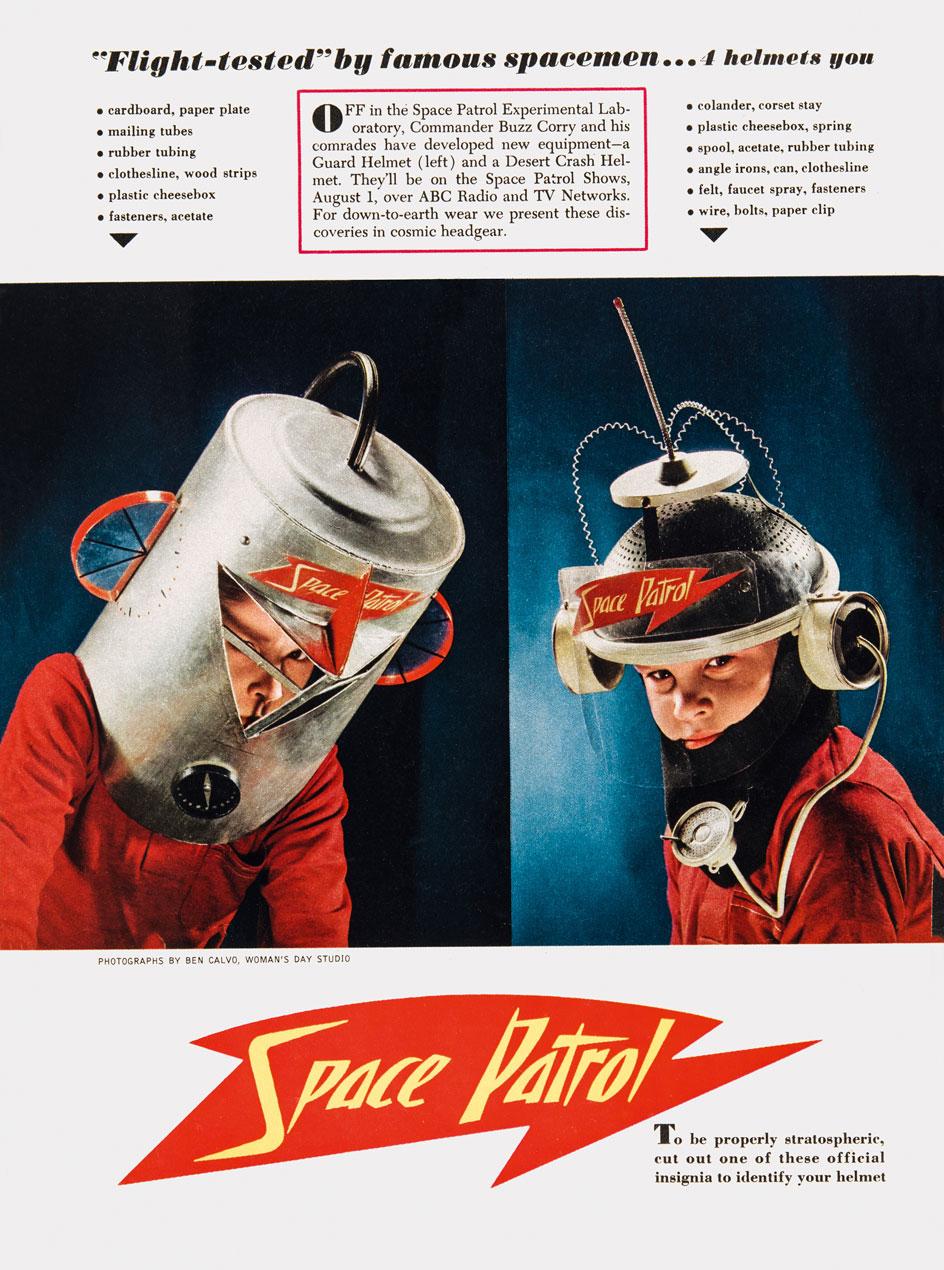
Space Patrol helmets. Woman’s Day, 1953
The next (and ongoing) chapter in the industry’s evolution, was the emergence of the technology revolution. This propelled toy design, and advertising, into a new dimension; playtime became an activity for both children and adults.
From frisbees to board games, baseball mitts to hula hoops, miniature trains to video games, Toys: 100 Hundred Years of All-American Toy Ads, has the whole story covered. It’s a commentary on the psychology of consumerism and the power of compelling visual design, a record of the American toy industry and a window into American life over the last century.
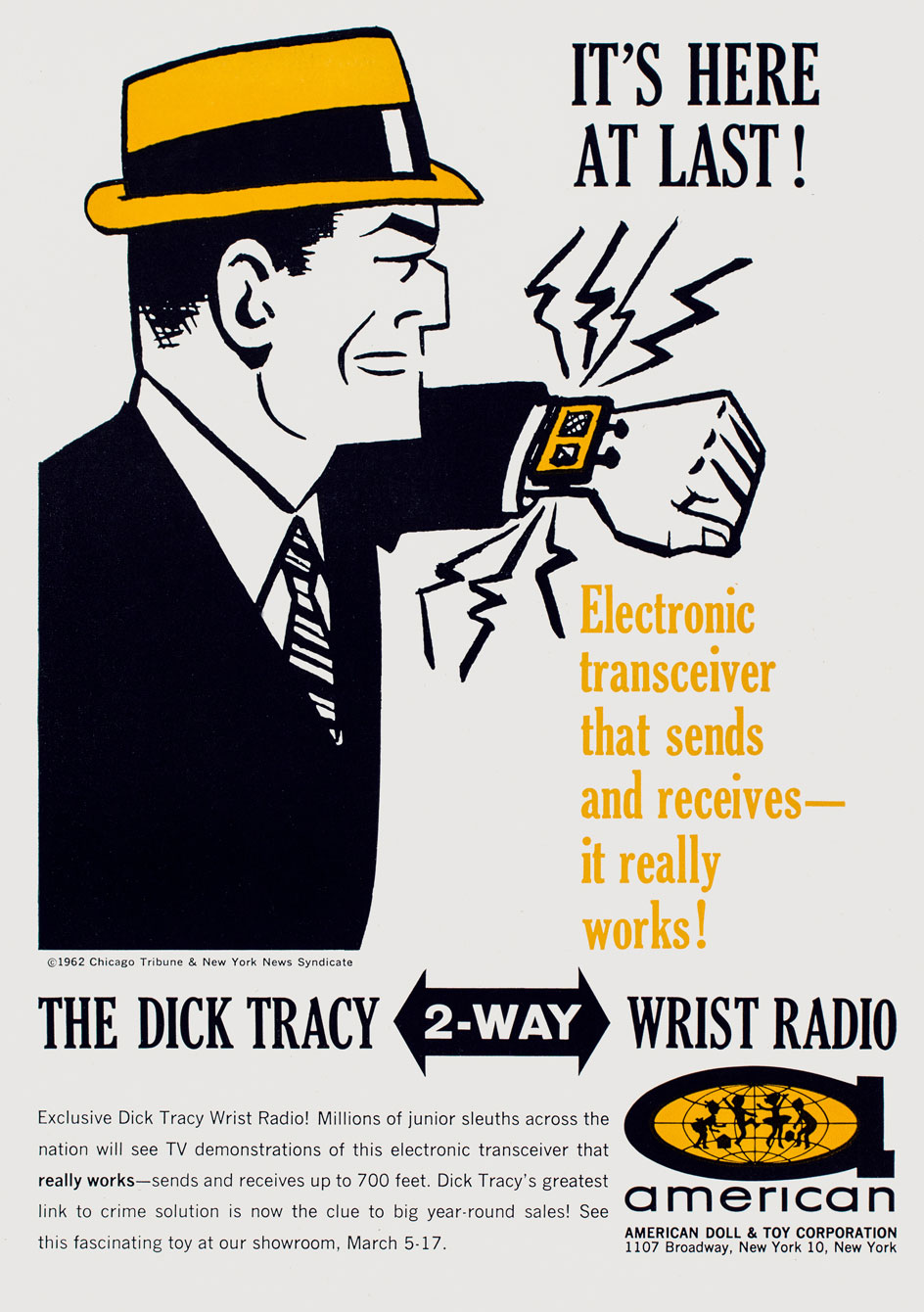
American Doll & Toy Corporation, 1962
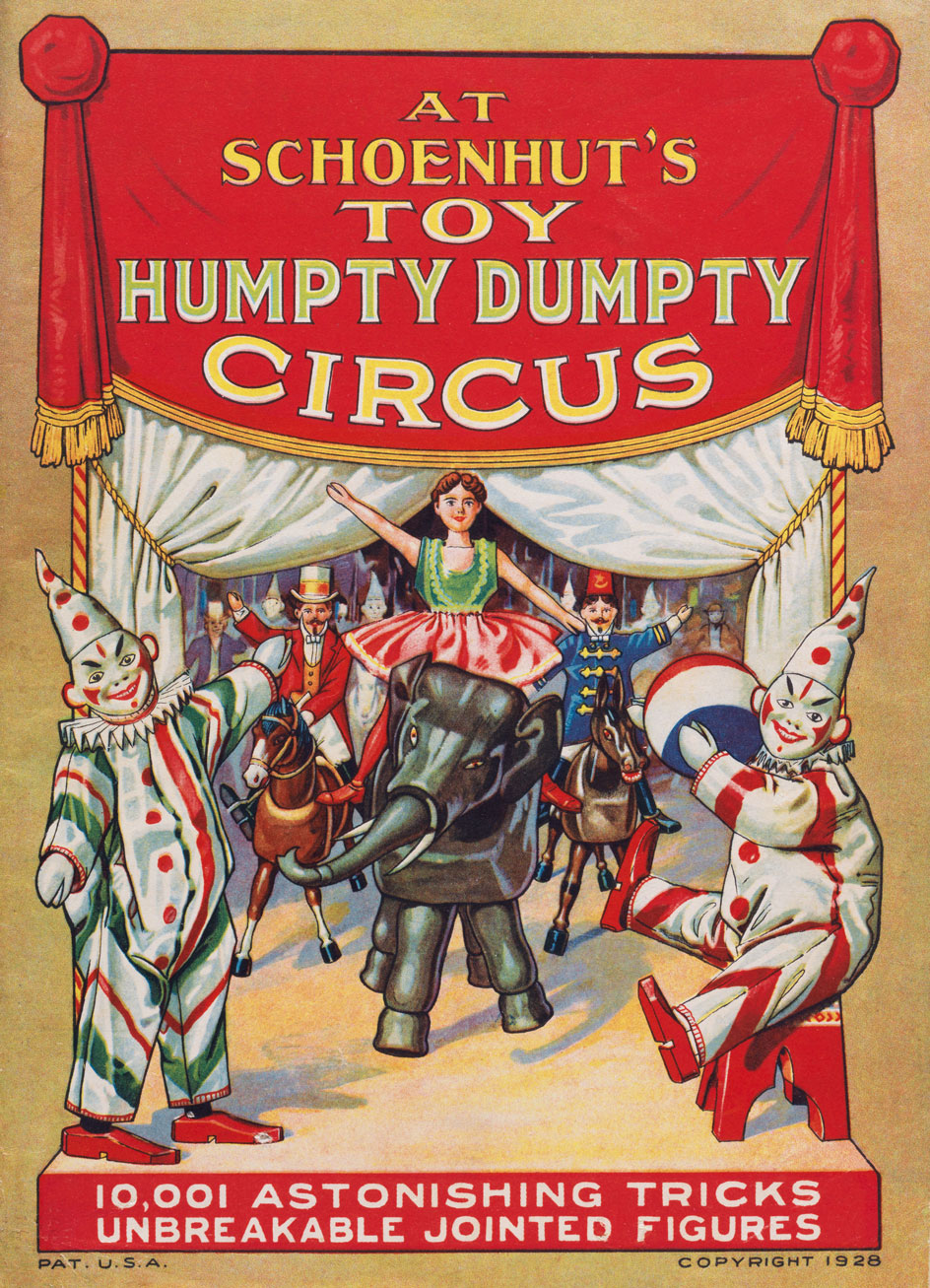
Toy circus figures by Schoenhut, 1928
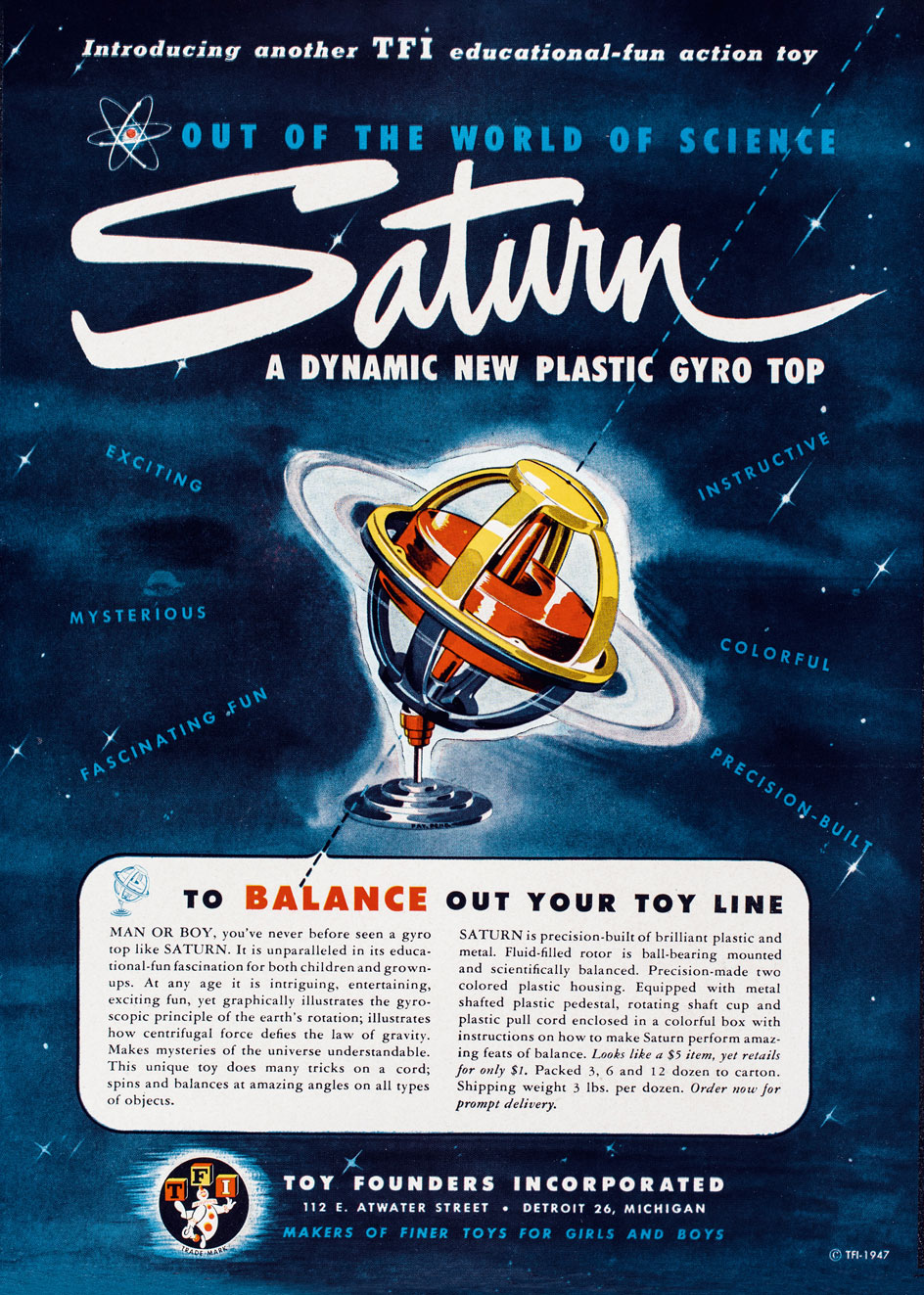
Toy Founders, 1947
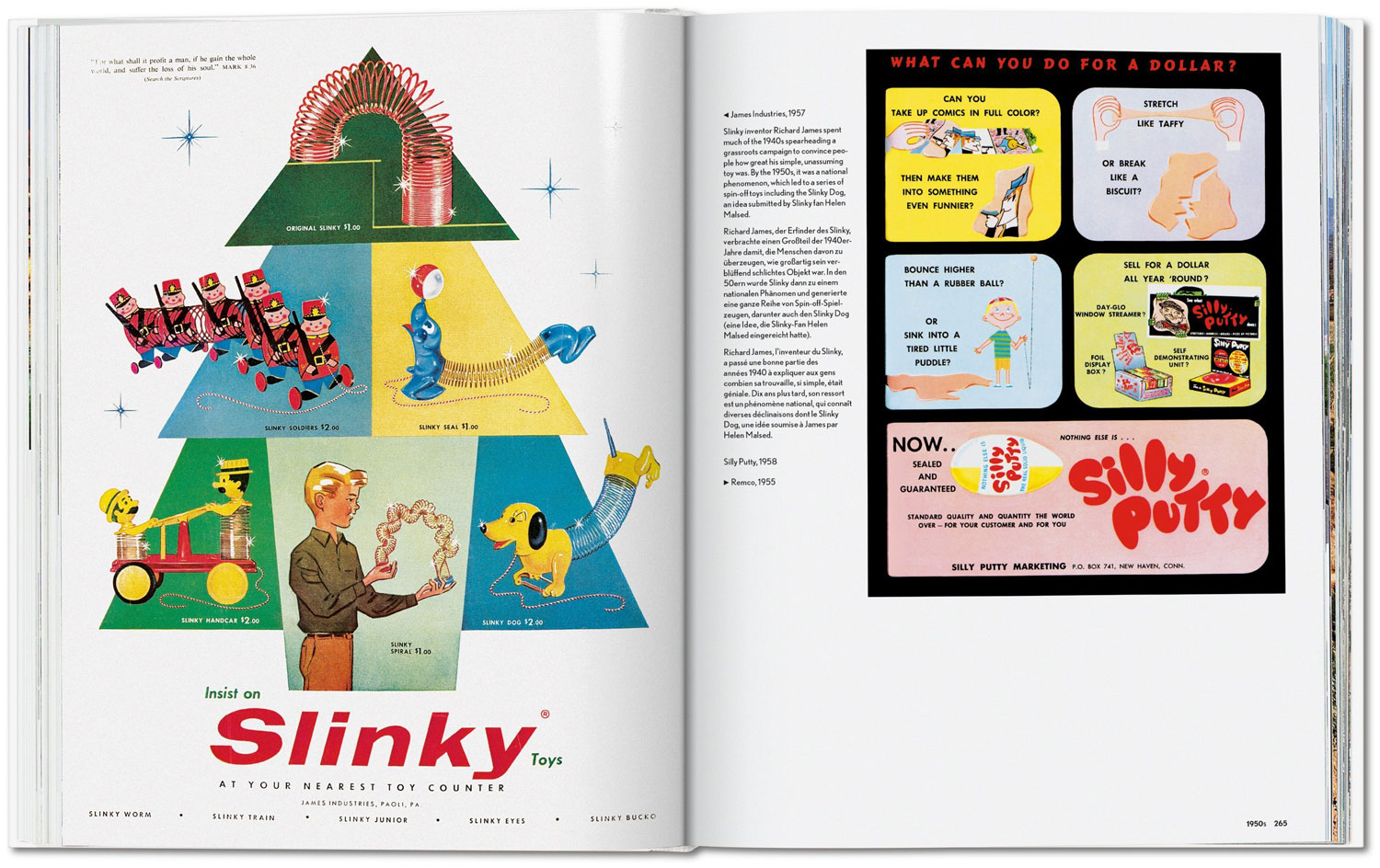
Slinky
INFORMATION
Toys: 100 Years of All-American Toy Ads is now available to order
taschen.com
Wallpaper* Newsletter
Receive our daily digest of inspiration, escapism and design stories from around the world direct to your inbox.
Harriet Lloyd-Smith was the Arts Editor of Wallpaper*, responsible for the art pages across digital and print, including profiles, exhibition reviews, and contemporary art collaborations. She started at Wallpaper* in 2017 and has written for leading contemporary art publications, auction houses and arts charities, and lectured on review writing and art journalism. When she’s not writing about art, she’s making her own.
-
 Put these emerging artists on your radar
Put these emerging artists on your radarThis crop of six new talents is poised to shake up the art world. Get to know them now
By Tianna Williams
-
 Dining at Pyrá feels like a Mediterranean kiss on both cheeks
Dining at Pyrá feels like a Mediterranean kiss on both cheeksDesigned by House of Dré, this Lonsdale Road addition dishes up an enticing fusion of Greek and Spanish cooking
By Sofia de la Cruz
-
 Creased, crumpled: S/S 2025 menswear is about clothes that have ‘lived a life’
Creased, crumpled: S/S 2025 menswear is about clothes that have ‘lived a life’The S/S 2025 menswear collections see designers embrace the creased and the crumpled, conjuring a mood of laidback languor that ran through the season – captured here by photographer Steve Harnacke and stylist Nicola Neri for Wallpaper*
By Jack Moss
-
 The Further Reading Library is a new collection of esoteric art and design books
The Further Reading Library is a new collection of esoteric art and design booksCollating the forgotten histories of left-field creatives, this new publishing imprint reveals hitherto unseen artistic experiments from the past
By Jonathan Bell
-
 Two new books examine the art of the logo, from corporate coherence to rock excess
Two new books examine the art of the logo, from corporate coherence to rock excessPentagram’s new book reveals 1,000 brand marks, while the art of the band logo is laid bare in Logo Rhythm
By Jonathan Bell
-
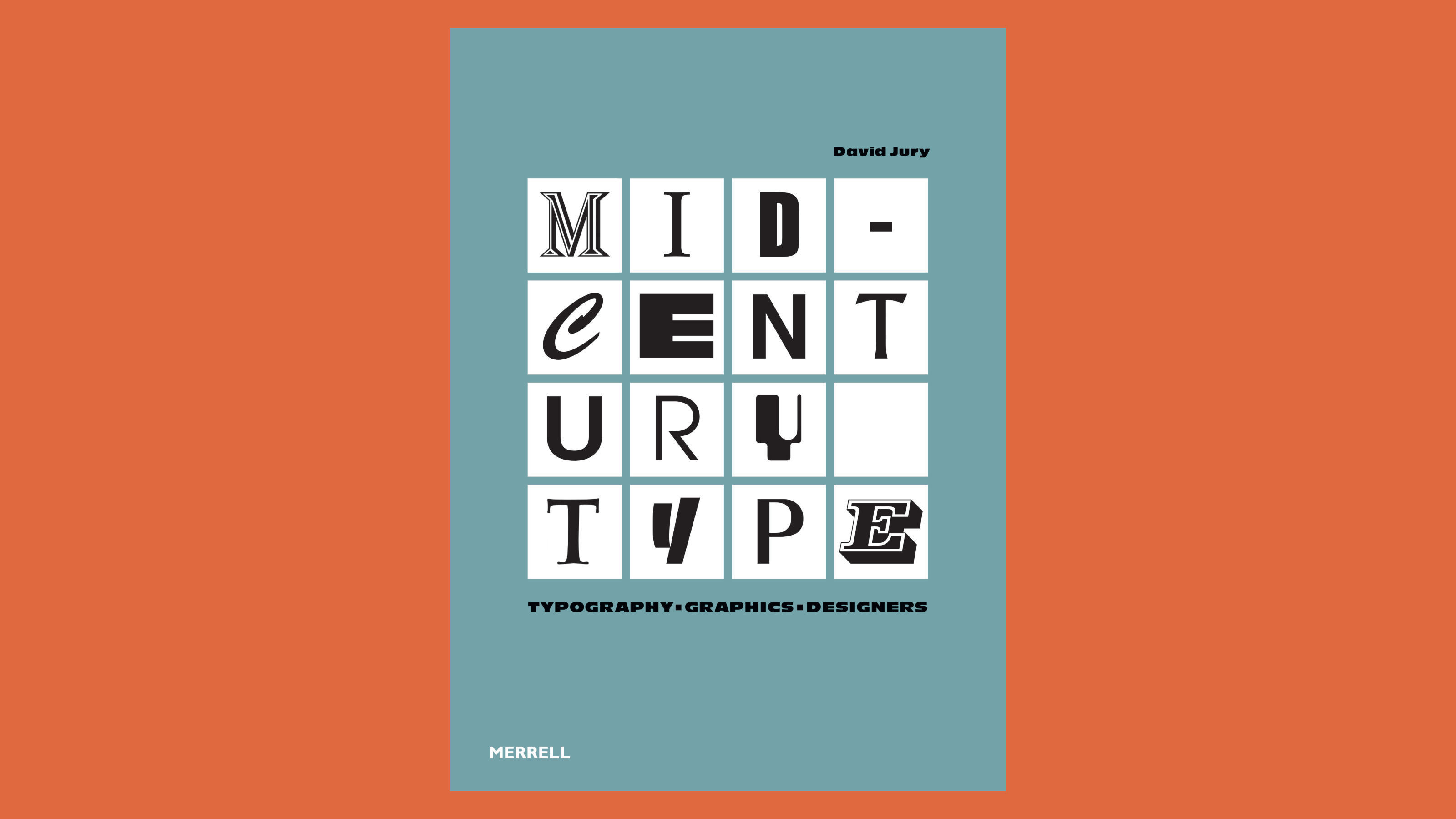 ‘Mid-Century Type’ surveys the best graphic design from 1945 to 1965
‘Mid-Century Type’ surveys the best graphic design from 1945 to 1965This must-have manual of post-war graphic design tracks the evolution of midcentury visual culture and the people and studios that shaped it
By Jonathan Bell
-
 How to contribute to the Wallpaper* Poster Campaign
How to contribute to the Wallpaper* Poster CampaignDue to high demand, we have extended the deadline to 1 May 2020!
By Rosa Bertoli
-
 Tom Pigeon creates prints for Team GB ahead of 2020 Olympics
Tom Pigeon creates prints for Team GB ahead of 2020 OlympicsAhead of the 2020 Tokyo Summer Olympic Games, Tom Pigeon has designed prints for the Great Britain and Northern Ireland Olympic Team, inspired by classic posters from the 1960s and 1970s and Russian constructivist art
By Alyn Griffiths
-
 Fix up look sharp: Balmond Studio launches new brand identity
Fix up look sharp: Balmond Studio launches new brand identityBy Ali Morris
-
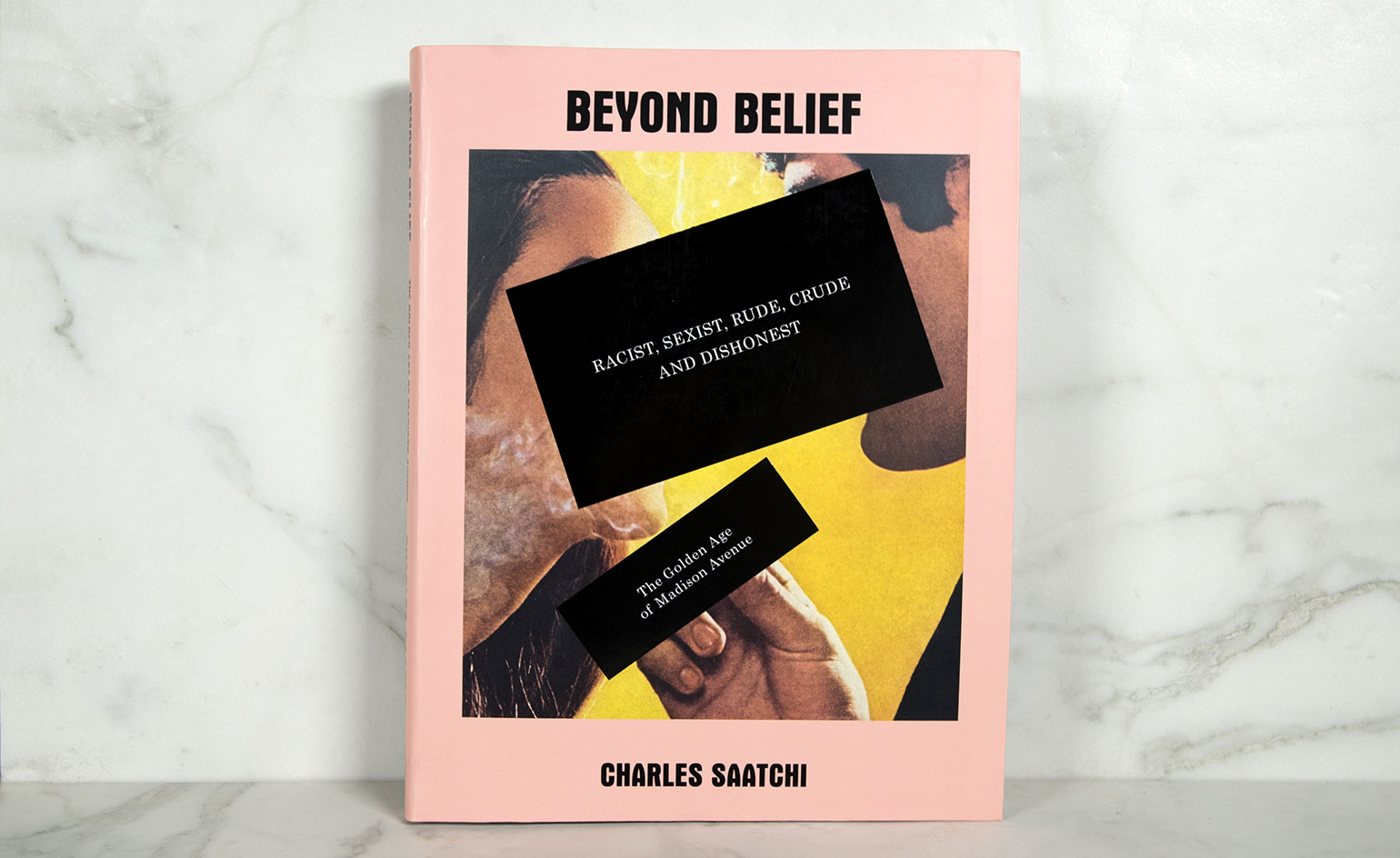 Beyond belief: a new Charles Saatchi tome reveals advertising’s dark past
Beyond belief: a new Charles Saatchi tome reveals advertising’s dark pastBy Jonathan Bell
-
 Leading creatives design pastry box stickers for EnsaimadArt
Leading creatives design pastry box stickers for EnsaimadArtBy Damon Syson